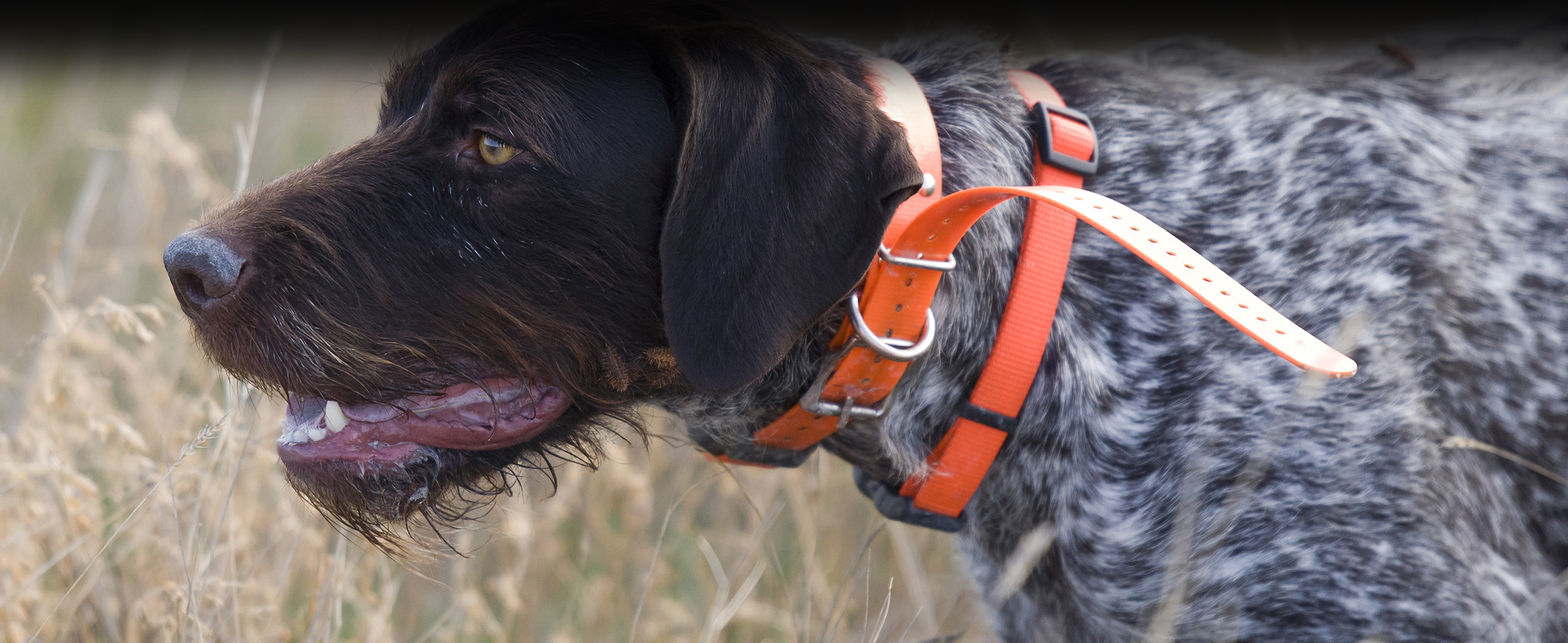
Dog care
MAKE A KIT
Being prepared is the first step. At your local pharmacy pick up: hydrogen peroxide, some sterile saline to irrigate or flush the wound (sterile saline for contact lens works well in a pinch), non stick sterile gauze pads, padded gauze wrap for bandage material and non-stick adhesive tape. My dogs have not tolerated neoprene dog boots well but I’ve found them to be a nice pre-made outer wrap for keeping bandage material clean, dry and in place. If your dog does tolerate the boots, they can be helpful to decrease wear on the pads.
WOUND CLEANING KIT SUGGESTIONS
Wound Wash Saline (by Blairex) can be found at Walgreens. This pre-pressurized can contains sterile saline to irrigate or flush wounds. It is helpful to remove dirt, debris and bacteria.
Hibiclens (by Regent Medical) is an antiseptic/antibacterial agent that contains chlorhexidine gluconate which is the antibacterial agent found in isopropyl alcohol. Use this agent to scrub the wound after flushing with wound wash saline. Rinse with Wound Wash again or water.
Povidone Iodine or Betadine antiseptic- Apply after washing the wound.
FIRST AID KIT EQUIPMENT
- Food & Water with Dishes
- Towel
- Splint
- Adhesive Tape
- Gauze Rolls (2 inch & 3 inch)
- Gauze Pads (2×2 & 3×3)
- Flexible Adhesive Wrap
- Benadryl (Diphenhydramine) 1-2 mg/lb every 8-12 hours)
- Hydrogen Peroxide to induce vomitting (3% 5 ml/10 lbs P.O. max 30)
- Kaopectate
- Immodium (one capsule/50 lbs P.O.)
- Aspirin (Ascriptin) 325 mg tablet 2-3 times daily)
- No Tylenol, Ibuprofen, Nuprin, Motrin or Advil!
- Ear Flush
- Eye Flush
- Surgical Scrub & Water/Saline
- Triple Antibiotic Ointment (Neosporin)
- Antibiotic/Cortisone Cream (Panolog)
- Liquid Bandage
- Skunk Off Shampoo
- Oral Antibiotic (Rec. Amoxicillin 500 mg twice daily)
- Snakebite Antivenom
- Rectal Thermometer, Tweezers, Scissors, Nail Trimmers, Styptic Powder (Kwik Stop), Mosquito Forceps, Gloves, Pill Gun, Muzzle, Lead, Oral Dose Syringe
BASIC WOUND CARE FOR DOGS
No doubt we would all agree that our dogs increase our joy and efficiency in the field. Whether it’s giving us a chance to set our feet prior to the bird taking flight, finding a down bird, or running after the one you winged, they’re our partners a field.
As a veterinarian, I asked Todd if I could occasionally share my thoughts on some topics of hunting dog care. I’d like to discuss wound care today and later share some ideas on hydration, vaccinations, heartworm prevention and review some flea and tick products.
Often I see wounds that occurred while in the field. Some are minor and some are much more serious. My recommendation is to take them all as serious. Done right and promptly, wounds heal quickly and your dog is back in the field with you in one to three weeks. Not addressed, wounds (especially punctures) can become life threatening. Here’s what I do.
EVALUATE THE WOUND
Some wounds are obvious- you see the gash or note the blood. Other types of wounds, especially punctures- may not bleed much at all. Periodically give your dog a good look over while you’re still in the field. After the hunt do more extensive check. Especially check the pads and the skin between them and remove clumps of mud and plant material.
If the hemorrhage is extensive (any squirting blood would fall into this category) an artery or large vein may have been cut and this is a “stop what you’re doing and get to the vet now” type of emergency. In these situations I don’t flush or clean much. The goal is to control the bleeding- gauze, tape and steady pressure work the best.
If the wound is not bleeding much, flush with saline (even bottled water will do), rinse with hydrogen peroxide and gently dry the wound. Cover the wound with a non stick pad, gauze and secure with tape (not too tight). Don’t hunt the dog, call the vet and see if you can get in that day.
Punctures can be the worst. They may not look bad and may not even bleed much. Yet as dirt (including bacteria and fungal elements) are caught inside the wound it will abscess and the pet may become septic and die. Sepsis is the term we use when a bacterial infection moves from one site (the wound) thru the bloodstream to the rest of the body. Punctures should be flushed extensively in the field, the dog put up, and taken to the vet right away. With all the wounds described, the vet will likely continue the cleaning process, start antibiotics and decide if closing the wound is indicated. The most effective or “golden” time to clean a wound is right when it happens. The “golden” time for closing (or suturing) a wound is within 12 hours of the time it occurred.


